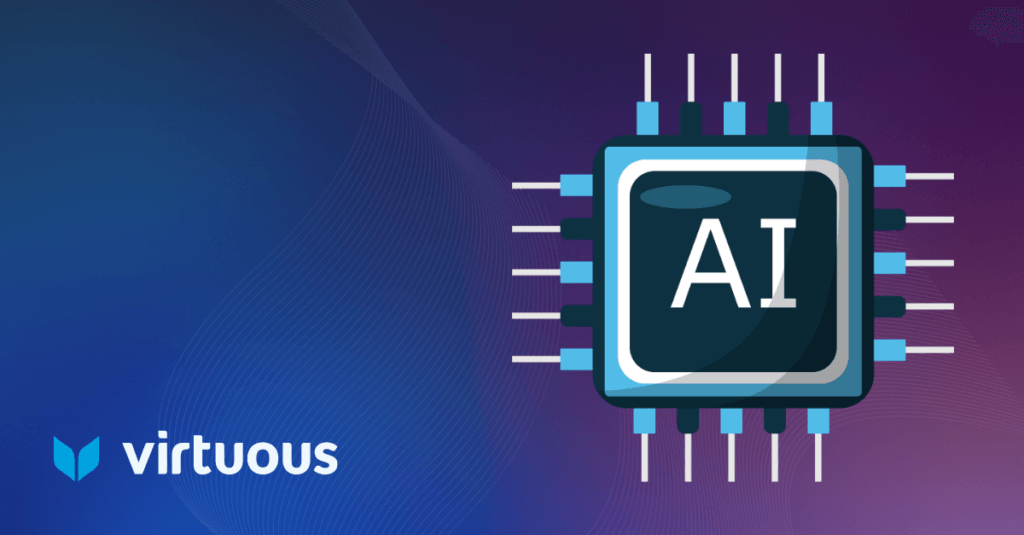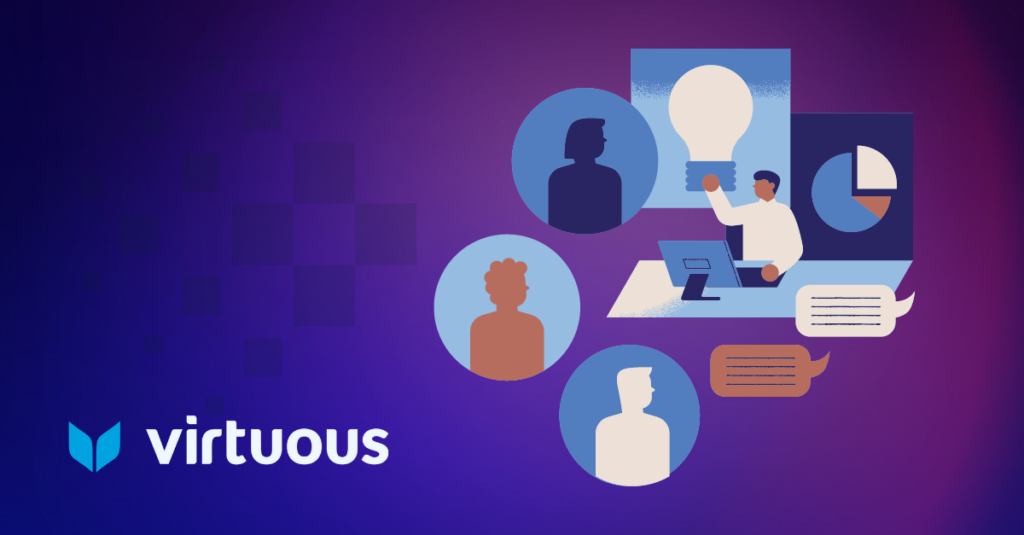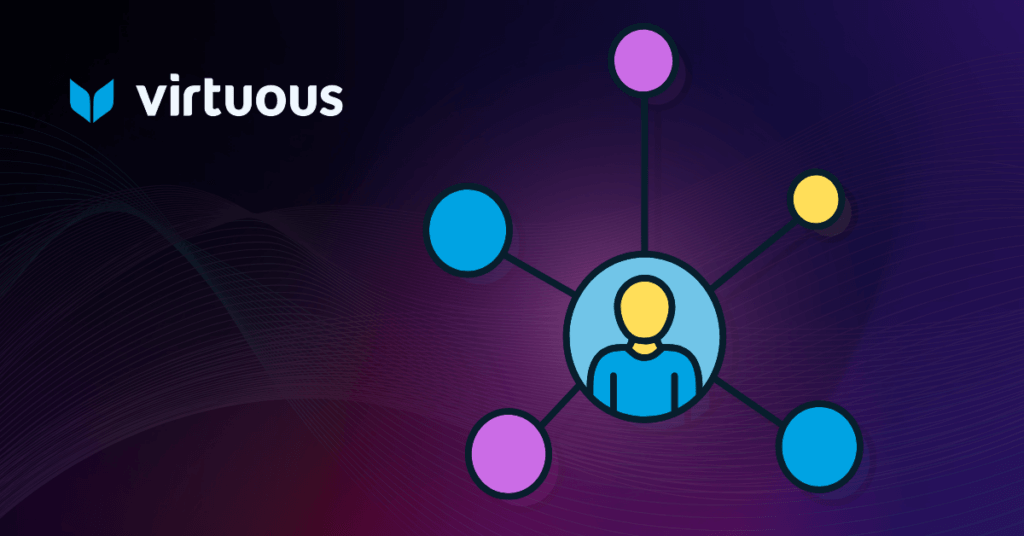If you want to connect with your donors, build deeper relationships, and create a community of enthusiastic fans of your nonprofit, you have to reach out.
Most of the time, your donors won’t come looking for you. It’s not because they don’t care about your cause, it’s because they’re busy and distracted. Between work, family, and other responsibilities, and just the general pace of life, there are a lot of claims on your supporters’ attention.
To cut through the noise, you need to meet them where they are.
Whether it’s on their phone screens, in their inboxes, in the mail, on the phone, or on social media, your supporters are active on communication channels.
The best way to reach them? Take a multichannel fundraising approach.
What is Multichannel Fundraising?
“Multichannel fundraising” sounds more complicated than it is. It simply means reaching out to donors on a variety of channels, including online and offline. For example, if you follow up your direct mail pieces with emails, that’s already multichannel. If you call donors to say thank you and send an automated thank you email, that’s multichannel, too.
A multichannel donor communications workflow allows you to have one continuous conversation across your channels. It ensures that you show up as the same organization, pursuing the same goals, whether your donors encounter you on Facebook, in person, or on the phone. It helps provide a cohesive and responsive donor experience.
The Impact of Multichannel Fundraising
You may be used to thinking of your supporters as “online donors” or “offline” donors, but research has shown that donors who receive both on-and-offline communications have 3X the lifetime value of donors who don’t. The evidence is strong that nonprofits should try to attract these multichannel donors.
The first-year donor retention rate for multichannel donors is twice as high as for single-channel donors. This presents significant opportunities for nonprofits, both in terms of revenue and long-term donor relationships.
But most nonprofits aren’t using a multichannel strategy with their smaller gift donors. In 2020, Virtuous and NextAfter conducted a study in which 119 nonprofits were given $20 donations, both online and offline, using two separate donor personas with unique phone numbers, emails, and mailing addresses.
Only 14% of organizations sent at least one email to the offline donor, and 55% of organizations sent at least one mailed message to the online donor in a four-month period. The potential of multichannel donor communications is largely untapped.
But how do you get the most out of your channels and create an effective multichannel fundraising campaign that takes your supporters on meaningful journeys?
Multichannel Fundraising Basics
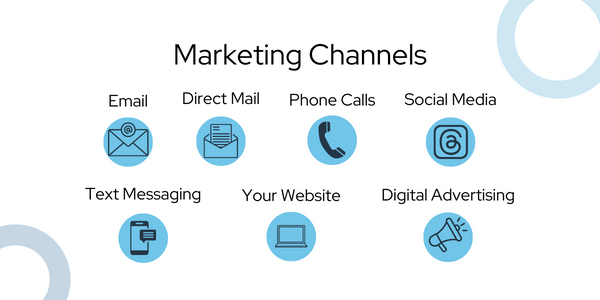


Instead of a single-channel campaign, like an email or social media campaign, a multichannel fundraising campaign (also known as “omnichannel”) uses multiple channels to create one continuous conversation with your supporters across platforms—reinforcing your message and boosting engagement and ultimately leading to better donor relationships.
Your channels may include:
- Direct mail
- Phone calls
- Paid and organic social media
- Digital advertising
- Text messaging
- Your website
A Sample Multichannel Fundraising Journey
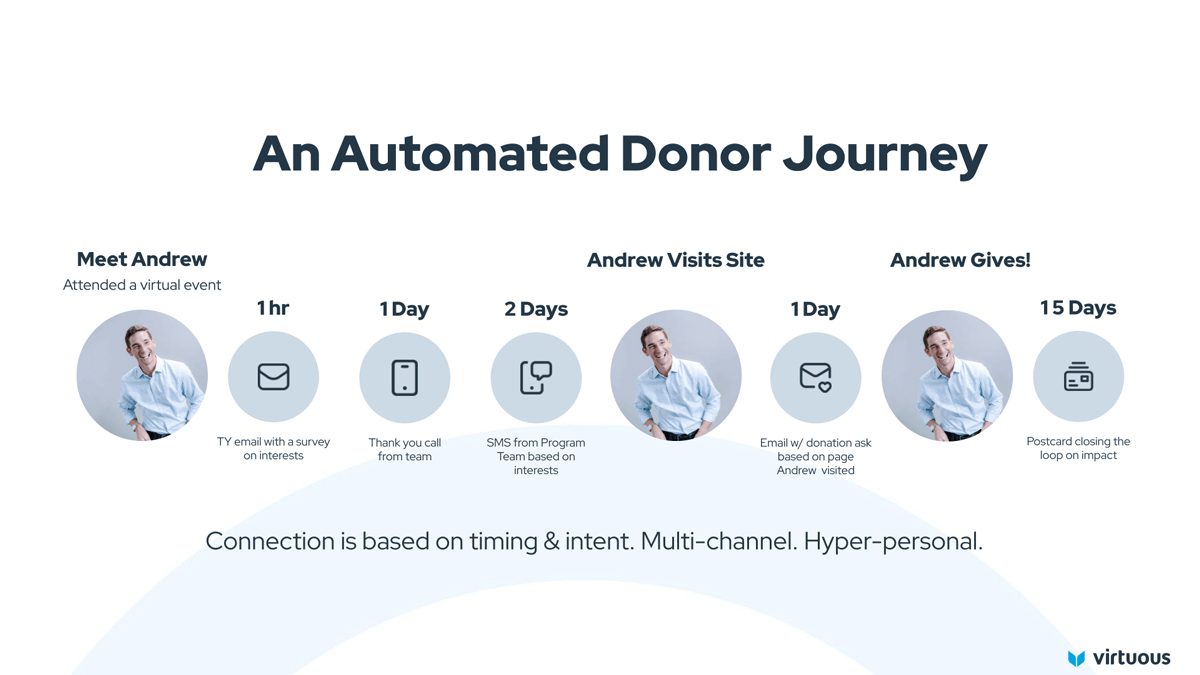


Here’s how a multichannel donor journey looks in action:
- Andrew attends a virtual event with a local nonprofit, the Happy Critters Pet Shelter.
- An hour after the event, he receives an email with a survey about his interests. He replies, sharing that he’s most interested in dogs and the shelter’s pet adoption program.
- The next day, the team calls him to thank him for attending the event.
Already, Andrew is being engaged on and offline.
- Two days later, he receives a text message alerting him to the Happy Critters Puppy Cam. He visits the nonprofit’s website to check it out.
- The next day, he receives an email with a donation asking to help with supplies for the puppy nursery.
- He gives!
- Later, he receives a postcard with puppy pictures to close the loop on his impact.
On every channel where supporters may find you, they’ll get the same message. That consistently helps you build better donor relationships.
Plan Your Multichannel Strategy
We’re getting ahead of ourselves, though. Before you can plan a supporter journey, you need to know which supporters you’re talking to. If you’re sending generic mass messages, it doesn’t really matter if you broadcast them on multiple channels—they still won’t resonate like personalized and targeted messages will.
Segments and Personas
Who are you trying to reach with your campaign? You’ll want to begin by segmenting your list. While it’s common to segment donor communications by giving amounts, you can be more personalized if you segment by their behavior instead.
Consider:
Interests: What program areas are most interesting to your supporters? What aspects of your cause are they most passionate about? In our sample journey, Andrew was interested in dogs, so that’s what the organization built its connection on. What are your donors interested in?
Involvement: How are they involved with your organization? Are they monthly givers? Regular volunteers? Long-time supporters? First-time givers?
Intent: Why do they give? Are they former beneficiaries of your work? Dedicated activists? Newly aware of your work? Responding to a disaster?
Once you’ve built your donor segments, assign each one a donor persona to help you personalize it. A donor persona is a semi-fictitious character you create to represent a donor segment. In the case of the Happy Critters Animal Shelter, they might have one persona to represent the supporters who care most about dogs and another for cats. As they think about “Danny Dog-Lover” and “Carrie Cat-Lover,” they’ll be able to humanize and personalize their communications.
When you know who your audience is, personalization and relevance become possible. Both of those items are key for better donor relationships.
Donor Journey Mapping
What do you want supporters to learn about on their journey? What do you want to learn about them? Which channels will you use to reach each persona?
A donor journey map is a plan for communicating with your donors and bringing them closer to your organization and cause. As you begin your map, you may find it useful to start with the end in mind. Where do you want your supporters to end up when they’ve completed the journey? Is it making a gift? Signing up to volunteer? Work backward to your starting point, considering what kind of communication and content will help bridge the way from A to B.
You don’t need to create content from scratch. Your nonprofit probably already has landing pages, videos, and articles you can include in your journeys—along with the direct mail campaigns you’ve already planned (think about how to add online elements) and the online fundraising campaigns you’ve already built (think about how to add offline elements). Choose content that builds connection, making sure to tell stories and communicate impact, as well as ask for support.
You may be wondering how many messages you should include in your journeys. There is no magic formula–your audience and organization are unique. Rather than aiming for a certain number of messages, focus on providing relevancy and value to the audience. Do you have something new to say? What do they need or want to hear about?
Choosing which channels to include in your multichannel strategy depends on where your supporters are most engaged. That might not be the same for every persona.
Maybe your volunteers are very active on Facebook, but your monthly donors don’t really visit it much at all. Inviting volunteers to a Facebook group and using that as a communication channel would make a lot of sense. There would be no need to replicate that for monthly donors, who might prefer a quarterly Zoom call and monthly email newsletters.
As you plan multichannel communications, look for opportunities to learn more about your supporters’ preferences and motivations. Whether that’s monitoring click-throughs and conversions, sending surveys, or simply asking questions like, “How would you like us to communicate with you?” and “Why did you give today?” The more information you have, the more personal you can be.
Automate Your Journeys
Automation makes multichannel donor communication possible to implement and manage. If you had to individually click “send” on each email, let alone monitor all your donors’ behavior, multichannel donor journeys would be impossible. Fortunately, there are technology tools that simplify and streamline the process.
Once you’ve made your donor journey map and chosen your content and channels, use your marketing automation tools to create donor journey workflows. Virtuous makes this simple by providing templates for best practice automations, including donor lifecycle, new donor welcome series, donor retention, and giving and volunteer milestones.
Test and Refine
Your multichannel donor journeys don’t have to be perfect. Responsive fundraisers try new things and adapt based on what they learn.
It’s okay to start small. Add one new touchpoint to an existing donor journey, like an email follow-up to your mailed welcome letter or a thank you postcard to follow up on your new donor email series.
As you try new things, keep an eye on your data to learn how you’re impacting your results. Are more donors making second gifts? Do they click links to videos or landing pages more? Do certain segments of donors gravitate toward specific channels? As you learn, you can refine your multichannel strategy to be more and more successful.
Take Time to Pause and Learn
Marketing and fundraising are experimental processes. You can learn from best practices, but in the end, you’ll have to try things out with your unique audience and see how it goes.
Multichannel fundraising offers many opportunities to learn, but you have to be thoughtful since you’ll have a lot of raw data. Take the time to decide what you’ll measure to determine if your campaign is performing well.
Not all metrics are equally important or useful. The number of likes on a social media post or how many people open an email doesn’t mean as much if no one is taking the next step. Measure what’s actually relevant to your campaign.
Valuable metrics may include:
- Clickthrough rate
- Number of completed donations
- Dollars raised
- Number of new donors
- Number of lapsed donors reengaged
- Number of second gifts
With that data, you can learn and make decisions. If you see that one of your channels is steadily engaging supporters, but another seems to leave them cold, then you can reevaluate.
If one storytelling email performed better than the others, it’s time to investigate why. You may find you can let go of entire channels or that a channel you didn’t think would be very valuable is your best one.
The things you learn from multichannel fundraising will help you be more relevant and engaging in future campaigns. If you stay flexible and keep learning, you’ll be able to connect and cultivate stronger relationships with your supporters.
Responsive Multichannel Fundraising
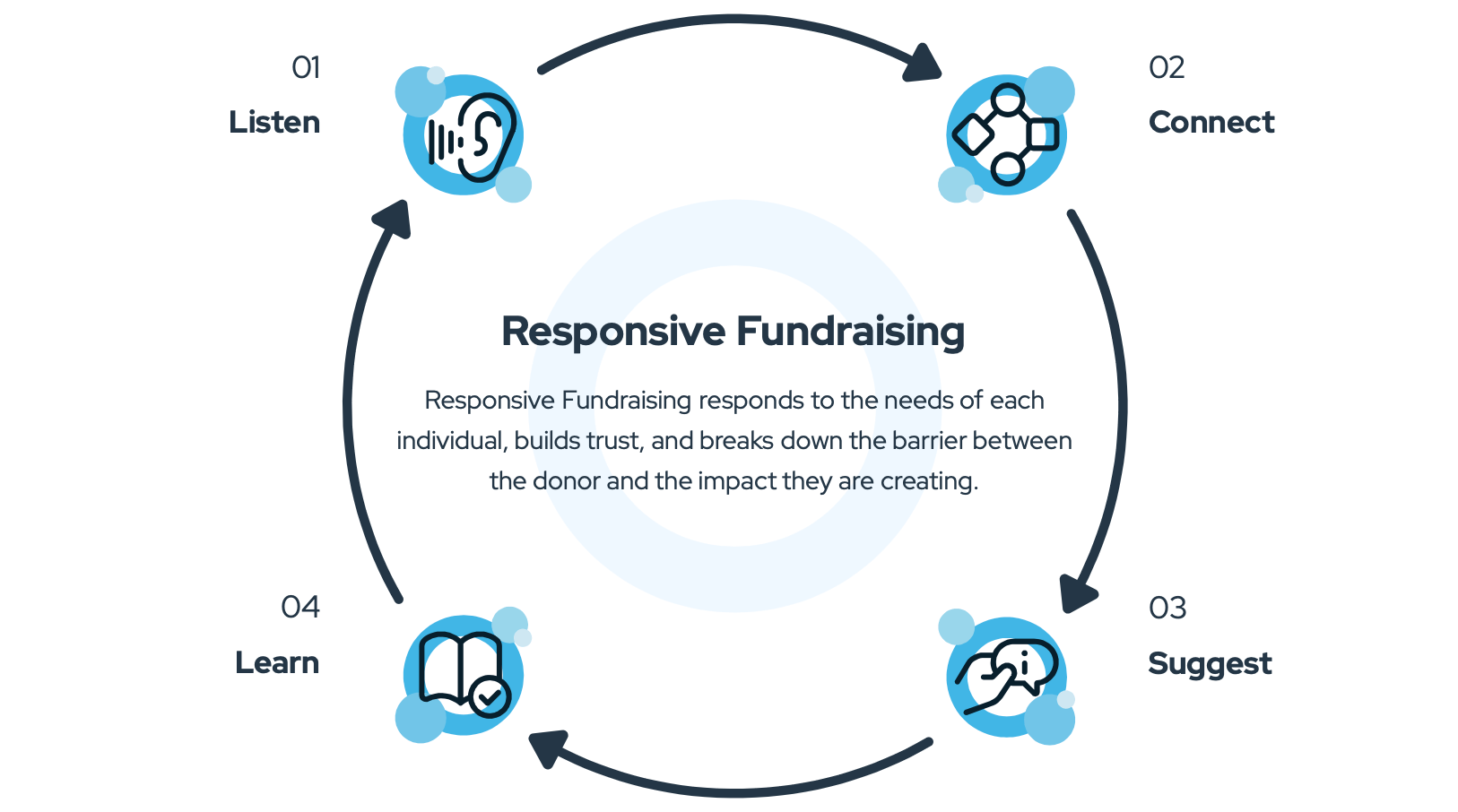
The secret to effective multichannel fundraising isn’t about finding the perfect channels or creating the most mind-blowing content. The key is to be responsive to your supporters.
Responsive fundraising puts the donor at the center of fundraising and grows giving through personalized donor journeys that respond to the needs of each individual. The responsive approach builds trust and loyalty through personalized engagement.
When you give your audience the opportunity to engage how they want to, on their preferred channels, and in the ways that make the most sense for them—you’re doing more than marketing, you’re building a community around your cause.
Start Your Multichannel Strategy With Virtuous
With easy-to-use communication tools and robust automation, Virtuous is here to help you make the most of a multichannel strategy for donor cultivation and communication. Want to see more? Schedule a demo!

